
Story
Story 190
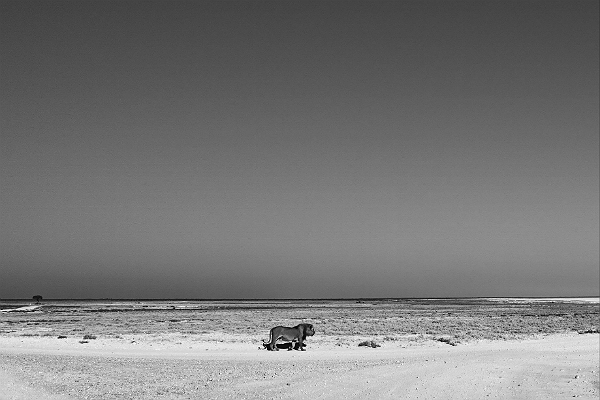
A long time ago, a cheetah could not run as fast as it does today.
This is a story of how a cheetah became to be able to run faster than any other land animals today.
Once upon a time in South West Africa, it did not rain at all for nearly one year.
Ponds and lakes dried up one after another.
All the plants died and many animals were dying, too.
There was a cheetah mother with her little cub looking for water and food for some months, but it was impossible to find anything.
One evening, the desperate mother cheetah decided to ask advice from the three lions who ruled the animal world back then.
The lions were living in a big cave on a hill.
In front of the three kings, the cheetah mother sighed deeply and complained in a faint voice.
"We have not eaten anything more than a month, and now my child is very weak. Do you know where could we find water and food?"
The three lions were quietly sitting and listening to the mother cheetah.
Scared to look at the lions' eyes, the mother cheetah was looking down and waiting for the lions' words.
The first lion slowly opened his mouth.
His deep voice shook the cheetah's beard like an electric shock.
"When you go east for some weeks, there will be a very high mountain. It is very dangerous to climb the mountain, the lightning strikes constantly. You can be killed easily, but if you do not give up, you will see a rich field with full of water and food after the mountain. Go east."
The second lion started to talk with his strong voice.
The mother cheetah felt the ground trembled by the sound.
"When you go west for some weeks, there will be a stormy sea. It's dangerous to swim across the sea, you can be drowned right away. But if you do not give up, you will find a beautiful island with plenty of water and food beyond the sea. Go west."
The mother cheetah felt disappointed.
Either to head east or west there would be a dangerous path waiting for the poor mother and her cub.
The mother cheetah looked at the third lion.
She hoped that he would tell her something easier to do.
The third lion began to speak calmly.
His voice was gentle and the mother cheetah felt soothed.
"Oh poor dear, you do not have to go east nor west. You should not take such risks. Stay here and wait. In some weeks rain will fall and everything is going to be fine," the third lion kindly looked at the mother cheetah and her cub.
The suggestion of the third lion gave the mother cheetah hope.
The mother cheetah almost cried and conveyed her deep gratitude to the third lion.
"Thank you my king! I will stay here with my cub and wait the rain!"
The third lion smiled friendly and said.
"That's good for you, and good for me. Because I'm very hungry!"
Suddenly the third lion grabbed the cub and swallowed it in a moment.
The mother cheetah froze in shock and fear.
"You're the next!"
The third lion came up to the mother cheetah, so did the other two lions.
"Run!"
All of a sudden the mother cheetah heard a loud voice above her.
That was a voice of a star in the sky.
"Just run! I will help you run faster than the lions!"
Immediately the mother cheetah's feet pushed off the ground strongly and she started running with full force.
The three lions fiercely chased after her.
Tears came out from the mother cheetah's eyes in grief and fear, but she kept running.
Because the mother cheetah was exhausted with hunger, the three lions came very close on her tail.
When the lions were about to sink their claws into the mother cheetah, they saw blaze coming out from the mother cheetah's feet.
It was the guardian star reflecting its bright beam of light on the mother cheetah's feet.
The mother cheetah felt that her legs were filled with incredible strength, and she ran like a shooting star.
After her path there was lightning and storm striking brutally, the three lions had to give up chasing after her.
Since then cheetahs became able to run fast.
Today cheetahs still hide themselves from lions because they remember the terrible story of the mother cheetah.
(photo & story by Tengyo Kura, Etosha)
Story 189
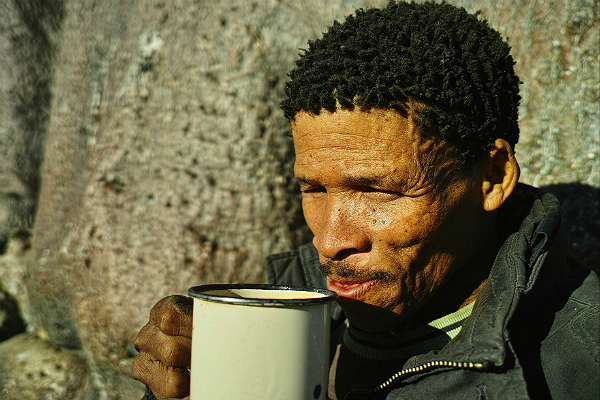
Isak takes care of his village’s community campsite.
Most of the San tribal communities in the Bushmanland today have their own campsites nearby their villages.
The San people were originally hunter-gatherers.
They once moved around the field freely in Namibia.
Nowadays many of them have settled, doing field work and stock raising instead of hunting and collecting.
A community campsite is also an important source of income for them.
Isak is good at stone craft.
He built a stone fire pit in the campsite which makes a good cook fire.
One morning I saw him cleaning the campsite.
I offered him a cup of coffee.
“You want sugar, right?”
Asking Isak I remembered what my Namibian sister told me before.
In Namibia people need at least five full teaspoons of sugar for coffee or tea.
“Isn't it too sweet?”
To me surprised she smiled and said “How can you taste it when it’s not sweet.”
I asked Isak if he wants five teaspoons of sugar for his coffee.
“Yes, please,” he replied.
“Let me know if you need more sugar,” giving him a cup I said.
“This is perfect, thank you,” Isak said after having a sip.
While drinking coffee, he told me how to collect Baobab seeds and eat them.
“We throw stones or branches at seeds and make them fall.”
“Then we break shells and take out seeds.”
“We soak seeds in water for 10 to 15 minutes until they become soft.”
“Then we put a little bit of sugar and eat.”
Baobab seeds provide vital energy for the San people especially for children.
“You put sugar only little? Not five teaspoons?” I asked.
“No, no. Not too much sugar for the Baobab seeds,” Isak laughed and answered.
When I was taking his photographs, he took off his hat and said, “I’m a man of the San.”
The San people are known for their beautiful thick wooly hair that protects their heads from cuts and scratches in the bush.
The pride of the San never fades away even though their lifestyle has changed today.
(photo & story by Tengyo Kura, Bushmanland)
Story 188
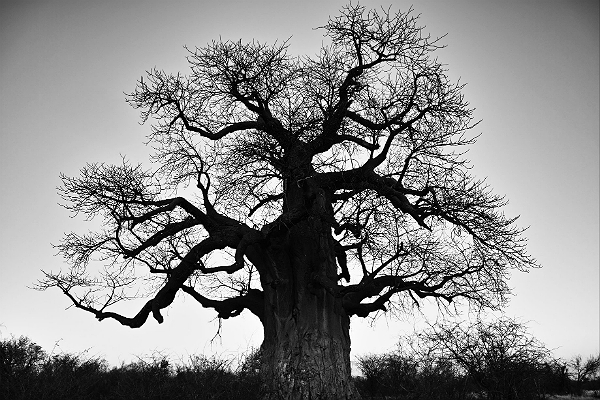
The Baobab tree is blessing Bushmanland.
Animals, birds, and the San tribal people are living together with Baobab trees.
Some maintain their body with the trunk, some make their nests on the branch, some eat the seeds.
This divine tree is a symbol of life in Bushmanland.
(photo & story by Tengyo Kura, Bushmanland)
Story 187
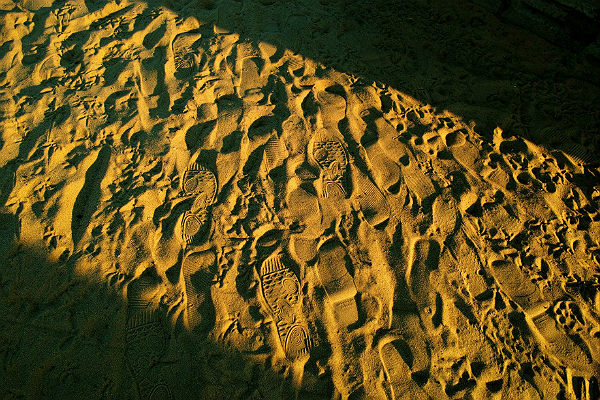
One day I was going to walk through the bush to go to a village where I stayed, but I wasn't sure how I could find the right path.
In the bush I often lost my sense of direction because similar trees around me confused me.
Then a young kindergarten teacher who finished her work nearby happened to pass, and offered me to walk together.
I asked her how the local people find their way so easily.
She said that they remember some unique trees that can be a guide, and also they see all the footprints carefully.
"We know who it is from footprints," she said.
"You remember each footprint by people's shoes?" I asked.
"No, seeing how they walk," she replied.
"You see, this person's toes point slightly inward. It's my neighbor," she pointed some footprints and told me.
"This person walk with long strides, it's my uncle."
"Wow..," I told her that she amazed me.
"We can find who walked this way and what the person did by footprints," she continued.
I have never been aware of footprints like that in my life.
"Footprints can tell where you go, who you are, what you do, and how you are. Be mindful when you walk on the earth road, you actually share yourself with us," touching a tree in front of her gently, she smiled.
(photo & story by Tengyo Kura, Ovamboland)
Story 186
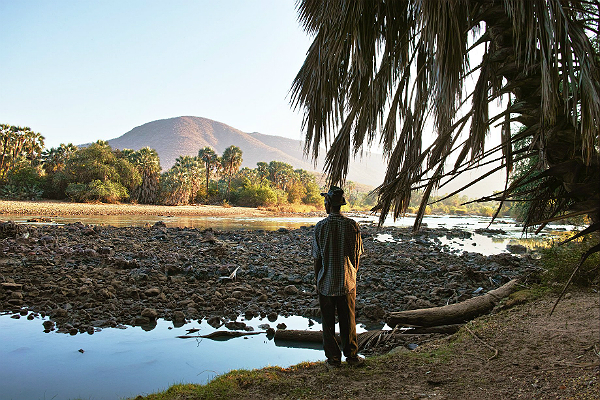
Johnny is a Himba who lives by the riverbank in northwestern Namibia.
The river in front of Johnny's village is known for aggressive crocodiles.
Locals advised me to stay away from the riverside in the evening.
I met Johnny when I had a camp nearby his village.
He was a very shy man.
Sometimes he was standing along the river and quietly watching water running.
One day I asked him what he was watching.
He timidly but a bit joyfully told me that there was a crocodile lying and sunbathing on an island in the middle of the river.
I stared at the direction he pointed but it was far from where we stood and I was not able to see it clearly.
Then I heard someone whistle and it was Johnny.
"Are you calling the crocodile?"
Johnny smiled shyly but didn't reply.
Seeing him whistling to the crocodile in a friendly way I felt that Johnny might have some kind of attachment to crocodiles.
Next day I had a conversation with another villager about a relationship between the Himba tribe and crocodiles.
He explained that young Himba people did not believe it anymore, but there was a legend that in the old times some of the Himba people had possessed special powers to communicate with crocodiles.
The legend told that when those people crossed rivers crocodiles had never harmed them.
I thought about Johnny while the villager told me about the legend.
I wouldn't be surprised if Johnny were one of those who were able to talk to crocodiles; whistling gently and crossing a river among a bunch of hungry crocodiles.
(photo & story by Tengyo Kura, Epupa Falls)
Story 185
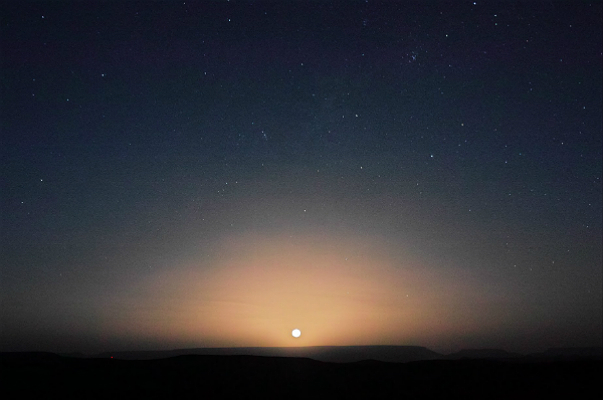
Damaraland is where stones and rocks dominate.
There stones and rocks are sisters and brothers of the moon.
The moon rises and celebrates its little siblings on earth.
They tell stories about the sky and the land every night.
The stones and rocks in Damaraland dream of their shining families in space after the moon sets..
(photo & story by Tengyo Kura, Damaraland)
Story 184
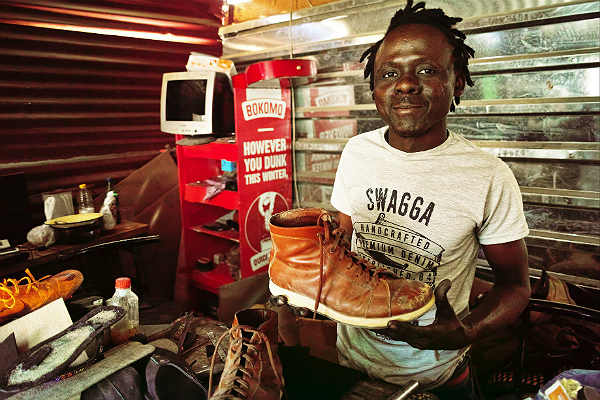
He is a gentle and sincere cobbler in Namibia.
He repaired a pair of my old broken boots nicely.
I asked his name when I picked up my boots.
"Liberty," he answered.
"Oh, nice name! I believe that this pair of boots will give liberty to my feet then," I said.
"And to your heart," he smiled.
(photo & story by Tengyo Kura, Otjiwarongo)
Story 183
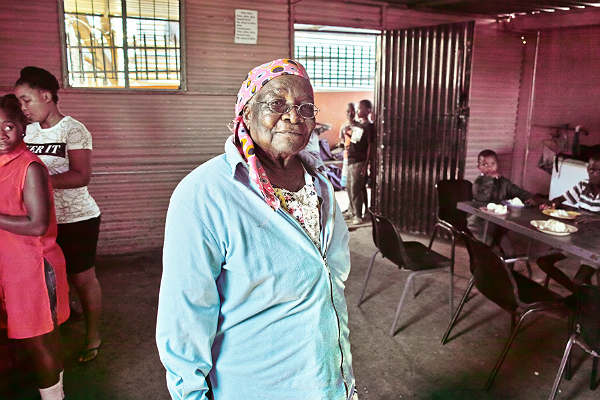
Reunion with Aunt Christine, 85 years old, who has been running her soup kitchen more than 16 years.
From Monday to Friday she serves meals to 200 vulnerable children including 65 HIV positive who must eat to make their pills work.
This place contributes to reduce the possibility of teenage pregnancy, young girls do not need to live on the street by asking for food that causes sexual abuse.
Aunt Christine has no financial support from anybody for many years yet her great contribution to society.
She has to use her pension to cover all the expenses of soup kitchen that is a reason why the soup kitchen currently cannot provide a variety of ingredients.
At the same time she takes care of orphans in her house.
She told me that she has no money to buy cornmeal or gas sometimes, but she doesn't give up.
When I met her one year ago I was overwhelmed by her devotion.
She had been always in my mind since then, this time I came back to see if I could do anything for her.
She said she would like me to encourage her mentally and spiritually to carry on her mission.
I told her that I would begin with doing dishes.
She laughed joyfully.
(photo & story by Tengyo Kura, Katutura)
Story 182
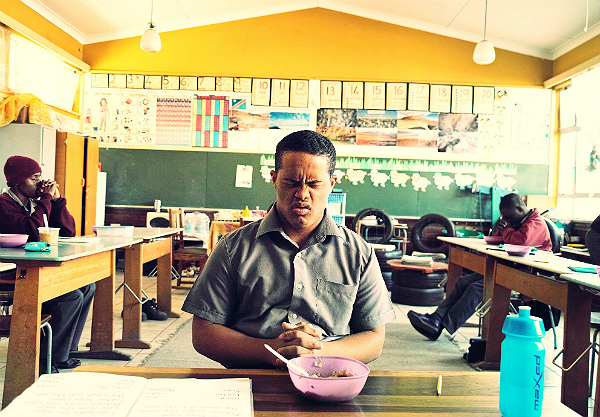
Dagbreek School is one of only two government special schools in Namibia.
There are more than 200 children and youth who are intellectually impaired learning there.
The school seriously works on recycling waste goods which is not still common in Namibia.
Dagbreek School is also one of very few schools introducing the aquaponic system to farm.
They have horses for animal-assisted therapy.
In the near future the school will open a public restaurant where their students work and earn wages.
Dagbreek School aims to be a role model of future Namibian special schools that people need in each region of the nation.
The teachers at Dagbreek School are talented and unique.
They do not think that being with disabilities is something negatively different from others.
They see their students just as original as anyone else in society.
The moment the students offered a prayer before eating was merely a second but it was profoundly tranquil and I felt something essential in education which is love and trust.
Deep gratitude to Dagbreek School for allowing me to be with their students.
(photo & story by Tengyo Kura, Windhoek)
Story 181
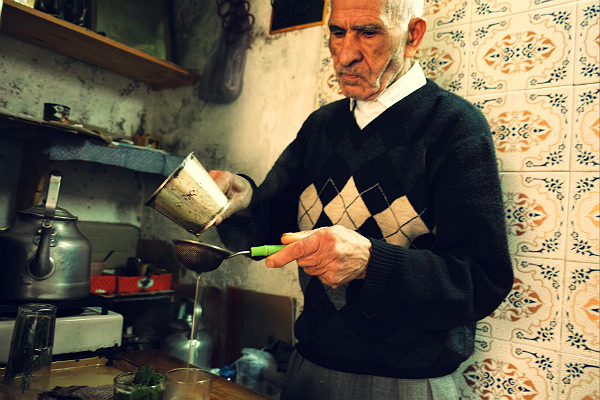
Uncle Abdul, 80 years old, has run his tiny but lovely tea shop for 55 years.
His mint tea is just perfect for one's break.
One day he told me that his mint tea tasted much better 50 years ago.
"Back in the days people produced tea leaves, mint leaves, and sugar with care," said Uncle Abdul.
He gave me a simple but true advice.
"Make an effort little by little, step by step. Your steady work never let you down."
Uncle Abdul usually wears a stern look (especially when he makes tea), but he also has an irresistibly charming smile.
Much respect to the tea master.
(photo & story by Tengyo Kura, Sefrou)